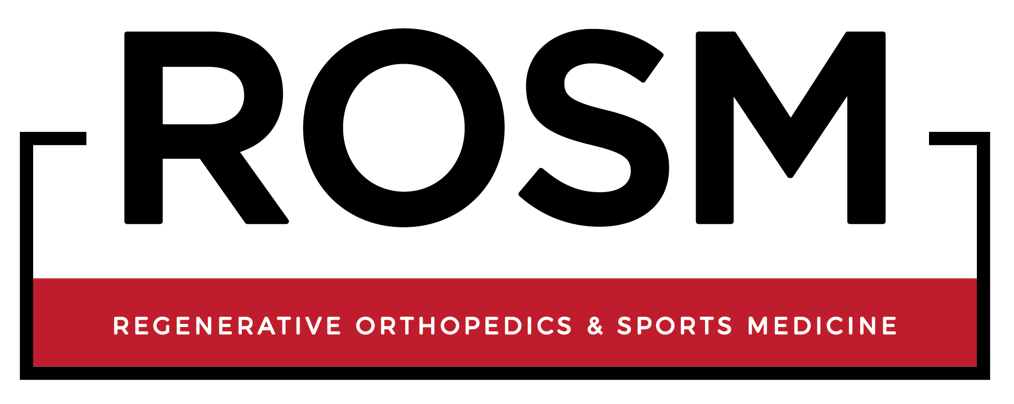Article reviewed by Dr. John L Ferrell III M.D
Plantar fasciitis is one of the most common causes of heel pain, impacting an estimated 2 million people in the U.S. annually. For many, this chronic condition turns every step into a struggle and compromises daily activity, work, and overall quality of life. While cortisone injections have long been the go-to for quick relief, a growing body of research supports Platelet-Rich Plasma (PRP) as a more effective, regenerative, and lasting treatment option.
In this article, we’ll compare PRP versus cortisone in treating plantar fasciitis, diving into the science, clinical data, and why PRP may offer a superior long-term solution.
Understanding Plantar Fasciitis and Treatment Options
Plantar fasciitis occurs when the plantar fascia (the thick connective tissue running along the bottom of the foot) undergoes repetitive strain. Initially, this causes microtears and inflammation, but over time it can progress into a degenerative condition known as plantar fasciosis, where the tissue’s structure weakens due to collagen breakdown and poor blood supply.
Common contributing factors include:
- Flat feet or high arches
- Tight Achilles tendons or calf muscles
- Excess weight or prolonged standing
- Poorly cushioned or unsupportive footwear
- High-impact sports or occupational stress
Conservative care, including NSAIDs such as Ibuprofen, stretching, night splints, and physical therapy, is typically the first line of defense. But for those who see no improvement, injectable treatments like cortisone or PRP come into play.
Cortisone Injections: Fast Relief, Temporary Results
Corticosteroid injections work by suppressing inflammation in the plantar fascia, often providing rapid pain relief within a few days. However, they do not address the underlying degeneration, and repeated use carries significant risks, including:
- Weakening of fascia tissue
- Potential for rupture
- Fat pad atrophy
- Temporary symptom masking without true healing
Cortisone remains a common short-term fix, but its effects are typically short-lived, with pain often returning within weeks to months.
The Regenerative Approach: Why PRP Is Different
Platelet-Rich Plasma (PRP) is an advanced biologic treatment that uses a patient’s own blood. The plasma is processed to concentrate growth factors such as:
- Platelet-Derived Growth Factor (PDGF)
- Transforming Growth Factor Beta (TGF-β)
- Vascular Endothelial Growth Factor (VEGF)
These compounds stimulate the body’s natural healing response, promoting:
- New collagen formation
- Increased blood supply (angiogenesis)
- Reduction of chronic inflammation
- Repair of degenerated tissue
Unlike cortisone, PRP aims to heal the fascia rather than simply dull the symptoms.
Clinical Evidence: PRP Outperforms Cortisone
A recent randomized controlled trial in Nepal compared PRP vs. cortisone in 60 patients with chronic plantar fasciitis. Over a six-month period, the results were decisive:
- Pain Reduction (VAS Score):
- PRP: 1.97
- Cortisone: 2.71
- Functional Improvement (AOFAS Score):
- PRP: 86.04
- Cortisone: 81.23
- Plantar Fascia Thickness:
- PRP-treated patients showed greater reduction in thickness, indicating real tissue recovery rather than symptom suppression.
Read the full meta-analysis here:
Platelet-Rich Plasma as a Treatment for Plantar Fasciitis – JFAS
Real Results: A Washington, D.C. Patient’s Journey
Dr. Ferrell recently treated a patient from Arlington, Virginia, who had been battling heel pain for nearly a year. She was a 43-year-old recreational runner and office professional who had tried everything. She tried orthotics, massage therapy, night splints, even a cortisone injection from a podiatrist. The relief was temporary, and she feared she’d have to give up running permanently.
“By the time she came to our D.C. clinic,” Dr. Ferrell explains, “she was skeptical but desperate. We performed a PRP injection under ultrasound guidance. Three months later, she was back to running pain-free, something she thought would never happen again.”
Cases like hers illustrate the healing potential of regenerative medicine and how PRP can restore quality of life when other treatments fail. ROSM is proud to have our patient’s testimonials displayed on our website so others can get an authentic perspective on what we do and results.
What to Expect from PRP Treatment
ROSM’s PRP treatments are administered under ultrasound guidance for precision. Most patients require 1–2 injections, spaced several weeks apart. While initial improvements may take a few weeks, the benefits continue to build over time.
Advantages of PRP over Cortisone:
| Feature | PRP | Cortisone |
|---|---|---|
| Targets healing | ✔️ | ❌ |
| Reduces inflammation | ✔️ | ✔️ |
| Strengthens fascia | ✔️ | ❌ |
| Long-term results | ✔️ | ❌ |
| Insurance-covered | ❌ (varies) | ✔️ |
Is PRP Right for You?
At our Washington, D.C. area clinics, we specialize in ultrasound-guided PRP therapy for orthopedic conditions like plantar fasciitis. Our goal is not just to relieve your pain but to help you heal fully, so you can return to your lifestyle stronger than before.
Ready to Take the Next Step?
Don’t let chronic heel pain control your life. Discover the power of regenerative medicine and how PRP can restore both comfort and function.
Contact us today to schedule your consultation and learn if PRP therapy is right for you.




